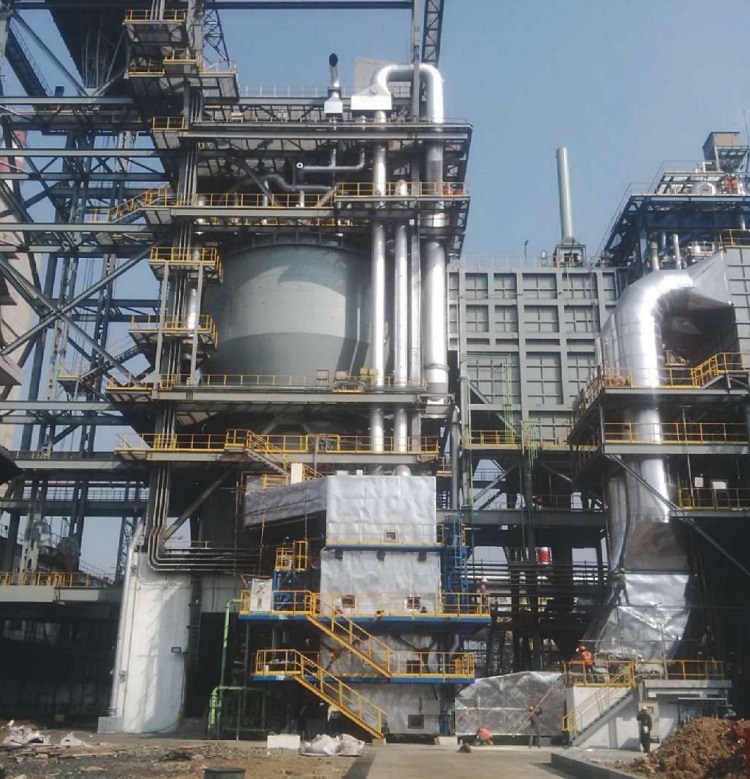The coating specification will determine the entire scope of any coating project. Specifically, for a painting project, this is broken down into three broad categories: the product to be used, the surface preparation required, and application of the product.
The Product
“Sole spec” sheets are written specifically for a certain product. This is a situation where “shall” or an equally stern term will be used to refer to the product to be used. In some instances, a few options may be provided, as indicated by the word “may,” where a substitute or alternative is acceptable provided all requirements are satisfied.
Surface Preparation
The most commonly accepted industry standards pertaining to surface preparation have been devised by several national and international bodies (e.g., NACE International and SSPC: The Society for Protective Coatings). These standards are used when assessing the readiness of a surface to receive a coat of paint. These surface preparation standards range from solvent cleaning (SSPC-SP 11) to industrial blast cleaning (NACE No. 8/SSPC-SP 142).The proper anchor pattern is essential for optimal coating adhesion. Each standard defines the method of cleaning as well as criteria for evaluating the outcome. Because surface preparation is such a tremendously important step in the process (an improperly prepared surface is a surefire way to shorten the coating’s service life), specification sheets must either stipulate the required level of surface preparation or direct the contractor to a product data sheet that does so.
Please note that a product data sheet by itself is not a technical specification.
Application
Coating application is another section of the specification that should heavily reference specific product data sheets. The ambient conditions, number of coats, and mil thickness required for a successful application should be spelled out in that document.
The specification should also identify the method to be used for coating application. If a specific formulation (e.g., a 100% solids formulation) is called for, this section should also include any notes on required application equipment, such as plural component pumps. The contractor should also be made aware of any other challenges that may arise during the application process in this section of the specification sheet.
The paint specification must stipulate which products are required (or product characteristics that must be satisfied) and how they need to be applied, as well as the surface preparation required for the job. These are the core elements of a paint specification.
Understanding the Basic Concepts of a Painting System
The various superimposed coats within a painting system must, of course, be compatible with one another. They all may be the same generic type or different types (e.g., chemical resistant types, such as a recoatable polyurethane finish coat, may be applied onto epoxy primers and intermediate coats). As a precaution, however, all paints within a system should normally be obtained from the same manufacturer and used in accordance with the manufacturer’s recommendations.
An important factor in the coating system is the definition and measurement of the dry film thickness (DFT). Generally, DFTs are checked on the completed paint system, although individual films may be checked separately. Usually, nominal DFTs are specified, but sometimes minimum values are quoted.
For nominal DFTs, individual values <80% of the nominal thickness are not acceptable. Values between 80 and 100% are acceptable provided that the overall average (mean value) is equal to or greater than the nominal value.
On-Site Quality Control Inspection
Inspection forms an integral part of quality control. Its purpose is to ensure that the project complies with the requirements of the specification and to provide the client a report with proper records.
One of the greatest assets for the coating inspector is a clearly written specification that can be referred to without doubt.
The appointment of an appropriately qualified inspector should be seen as an investment in quality and not just an additional cost.
Inspection of the processes, procedures, and materials required for the protective coating of steel structures is vital, since a major error in even one operation cannot easily be detected after the next operation has been completed; and, if not rectified immediately, can significantly reduce the expected service life of the coating.
Practical Scenario—A Case History
During an engineer procure construct project, the specification allowed two types of painting application (spray as well as brush). The stake holder thoroughly analyzed the environment, application method, and special requirements before starting the process.

A detailed specification for the roller method was developed in order to ensure quality and durability, which resulted in a 20% saving of paint toward the loss factor. The entire structure was coated by roller application (Figure 1).
Conclusion
The overall success of a protective coating scheme can be influenced by many factors. A well-prepared specification document is an essential component that is intended to provide clear and precise instructions to the coating contractor and inspector on what is to be done and how it is to be done. It should be drafted by someone with appropriate technical expertise, and it should be clear as to what is required in terms of what is practical and achievable.
References
1 SSPC-SP 1, “Solvent Cleaning” (Pittsburgh, PA: SSPC).
2 NACE No. 8/SSPC-SP 14, “Industrial Blast Cleaning” (Houston, TX: NACE International).